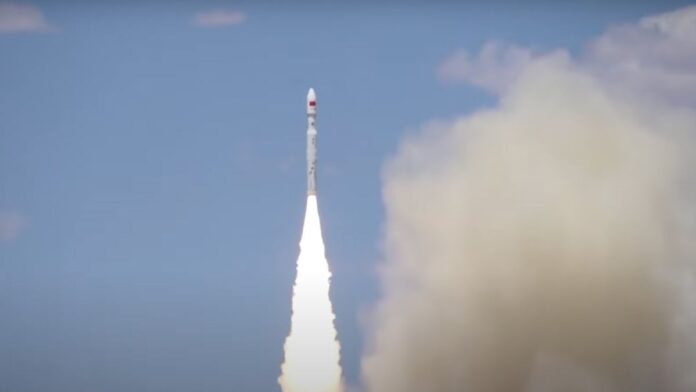A Chinese Lijian-1 solid-fuel rocket launched on Wednesday (June 7), carrying 26 satellites to orbit — a rideshare record for the country.
It was the second flight of the Lijian-1 rocket, which is China’s largest operational solid propellant launch vehicle. Its inaugural mission launched in July 2022.
Wednesday’s liftoff occurred at 12:10 a.m. EDT (0410 GMT; 12:10 p.m. Beijing time), from the Jiuquan Satellite Launch Center in northwest China, according to a Chinese state media release. The 26 satellites housed in the Lijian-1 fairing were launched into low Earth orbit, where they will primarily serve “technology verification and commercial remote sensing information services.”
Related: The latest news about China’s space program
The Lijian-1 is a four-stage, solid-fuel rocket that stands 98 feet (30 meters) tall and is capable of producing 400,000 pounds (181,437 kilograms) of thrust at liftoff.
It was developed by Guangzhou Zhongke Aerospace Exploration Technology (CAS Space), a commercial space company that’s partially owned by the Chinese Academy of Sciences.
On its debut launch last year, the Lijian-1 carried six satellites to orbit. Wednesday’s mission featured a total payload mass nearly triple that of the first Lijian-1 mission.
China also recently returned its Shenzhou 15 astronaut crew safely to Earth after six months aboard the country’s Tiangong space station. The Shenzhou 16 astronauts launched a week prior to that departure, carrying astronauts Jing Haipeng, Zhu Yangzhu and Gui Haichao to Tiangong for their own six-month stay.

